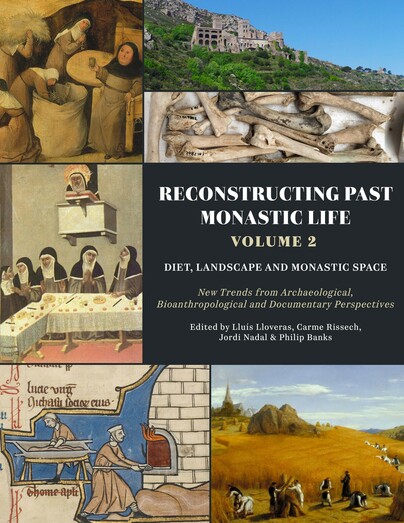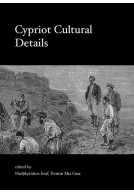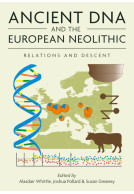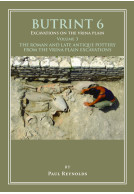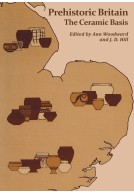Reconstructing Past Monastic Life: Volume 2: Diet, Landscape and Monastic Space (Paperback)
New Trends from Archaeological, Bioanthropological and Documentary Perspectives
Imprint: Oxbow Books
Pages: 192
Illustrations: ma 190 b/w photos and line illustrations
ISBN: 9798888571750
Published: 31st May 2025
Script Academic & Professional
Pages: 192
Illustrations: ma 190 b/w photos and line illustrations
ISBN: 9798888571750
Published: 31st May 2025
Script Academic & Professional
You'll be £38.40 closer to your next £10.00 credit when you purchase Reconstructing Past Monastic Life: Volume 2: Diet, Landscape and Monastic Space. What's this?
+£4.99 UK Delivery or free UK delivery if order is over £40
(click here for international delivery rates)
Need a currency converter? Check XE.com for live rates
(click here for international delivery rates)
Need a currency converter? Check XE.com for live rates
Monasticism is a form of religious life in which participants renounce worldly activities to dedicate themselves primarily to spiritual matters, living in small communities subject to a set of rules and isolated from the secular world. Christian monasticism, which originated at the end of the 3rd century in Egypt and North Africa, spread to different parts of Europe in the 6th century. However, it was not until the Middle Ages that monastic communities became one of the most powerful institutions in Europe. Monasteries and convents played a very important role not only as centers of spirituality but also as focal points of economic, technological and cultural activity. This multiplicity of activities carried out alongside their religious, social and political roles make monasteries spaces that can be studied from very different perspectives and that unfailingly provide essential information about our history.
This second of two titles originates from an international conference that took place in Barcelona in January 2024, which sought to examine different aspects related to monastic life in the past and to promote and disseminate the results obtained in the latest studies undertaken within the framework of monastic complexes and their environments. These include contributions and multidisciplinary studies from archaeological, bioanthropological and/or documentary perspectives. Specialists from different disciplines present developments on the topic of monasticism from different fields of study, such as zooarchaeology, bioanthropology, palaeopathology, archaeology, history, documentary disciplines, archives, cultural heritage, etc.
Volume 2 focuses on diet, food practices, water management, and the organization and use of space within monastic complexes and landscapes.
Other titles in Oxbow Books...







